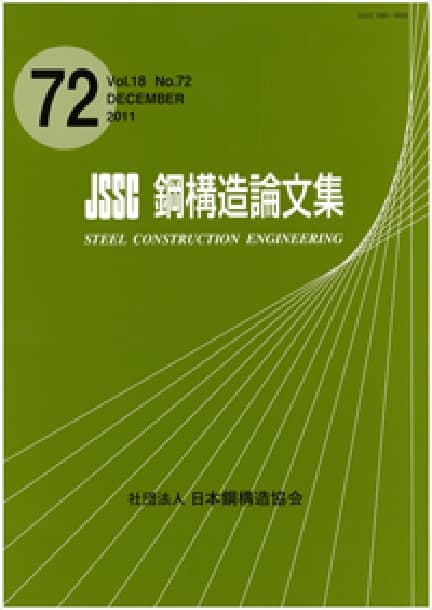Development of High Heat Input Welding Technology For Architectural Steel Frame Structures
Tomoyuki HASHIDA, Shoichiro FCJHRA, Kazushi OHMSHI, Kazushige ARIMOCHI, Motohide TADA, Masao TOYODA
pp. 1-12
Abstract
The beam-to-column connections have conventionally been welded by a CO2 arc welding (CO2 method). With the special steel for large heat input, we have developed an electrogas arc welding (EGW) in its deposition rate of 3 times of CO2 method. The heat input in EGW is approximately 5 to 20 times as high as that in the CO2 method. But the charpy impact values in weld zone are not less than 100J(at 0°c) in case of the special steel. Moreover, we have confirmed EGW for applying it to beam-to-column connection with the full scale loading test. The specimens welded by EGW or CO2 method were tested. The ultimate states were fracture of base metal or local buckling after showing large deformation. As compared with test results of CO2 welding, it was confirmed that EGW has enough capability for the practical use.










